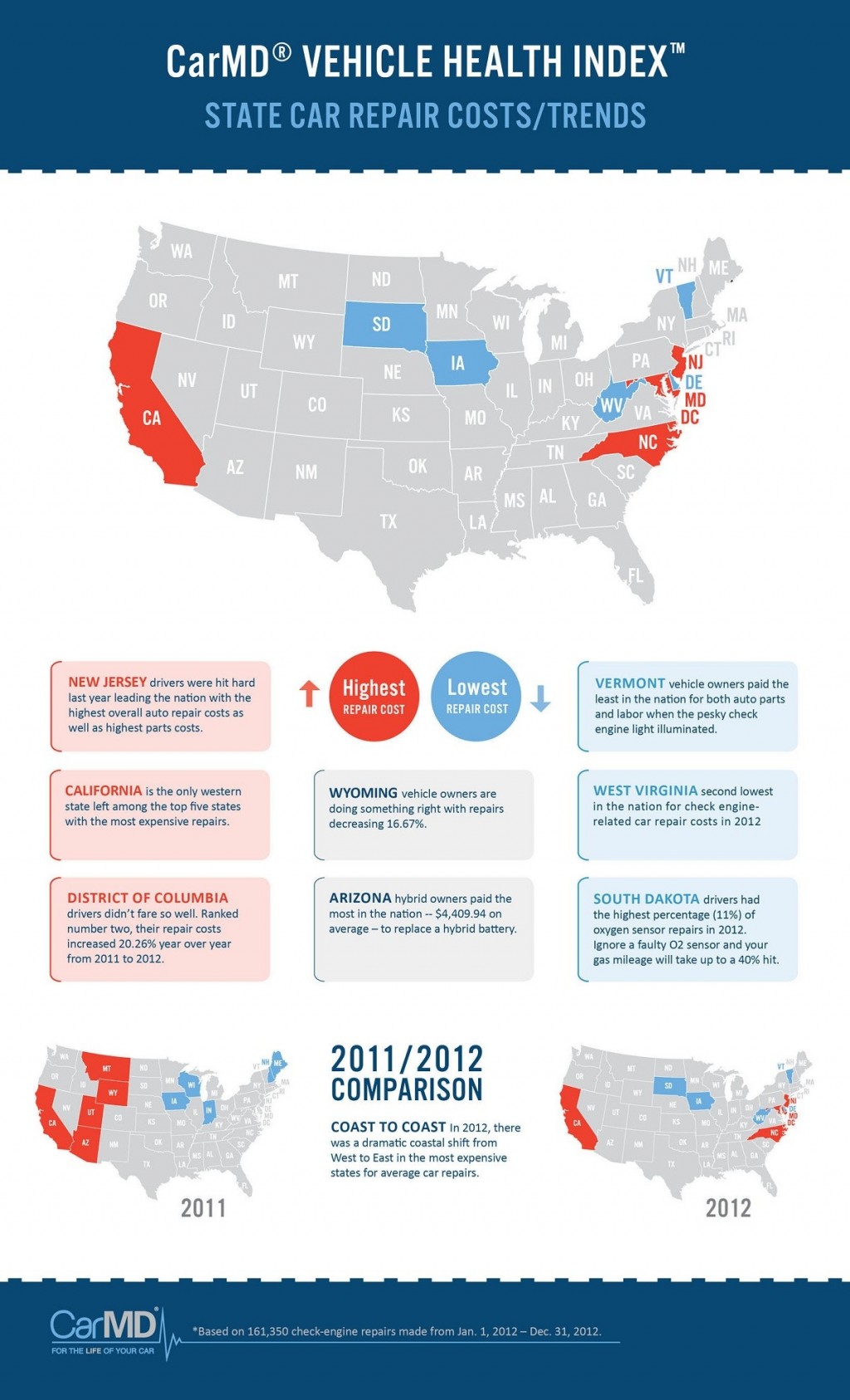Realizing The Importance Of Your Automobile'S Warning Signals: What They Actually Represent
Realizing The Importance Of Your Automobile'S Warning Signals: What They Actually Represent
Blog Article
Developed By-Higgins Shepherd
When you lag the wheel, those glowing warning lights on your control panel can be a little bit complicated. Do you recognize what they're attempting to tell you about your automobile's health and wellness? Comprehending the relevance of these lights is essential for your safety and security and the longevity of your automobile. So, the next time one of those lights turns up, wouldn't you intend to analyze its message accurately and take the needed actions to resolve it?
Common Warning Lighting and Interpretations
Recognize typical caution lights in your auto and understand their definitions to make certain secure driving.
One of the most regular warning lights consist of the check engine light, which indicates problems with the engine or emissions system. If this light comes on, it's critical to have your car inspected quickly.
The oil pressure alerting light indicates low oil pressure, calling for prompt focus to stop engine damage.
A blinking battery light might recommend a malfunctioning billing system, possibly leaving you stranded otherwise resolved.
The tire stress surveillance system (TPMS) light notifies you to reduced tire pressure, influencing lorry security and fuel effectiveness. Neglecting espressocarwashbotanytown might bring about hazardous driving conditions.
The ABS light indicates a trouble with the anti-lock stopping system, endangering your ability to quit promptly in emergency situations.
Last but not least, the coolant temperature warning light warns of engine getting too hot, which can result in serious damages if not settled swiftly.
Recognizing these typical caution lights will certainly help you resolve concerns quickly and preserve risk-free driving conditions.
Relevance of Prompt Attention
Recognizing the usual caution lights in your vehicle is only the primary step; the significance of immediately resolving these cautions can't be stressed sufficient to ensure your security when traveling.
When read this article brightens on your control panel, it's your vehicle's way of connecting a potential problem that requires attention. Disregarding these cautions can result in a lot more extreme issues later on, compromising your safety and security and potentially costing you a lot more out of commission.
Motivate interest to alerting lights can stop breakdowns and accidents. For example, a blinking check engine light could indicate a misfire that, if left ignored, can create damages to the catalytic converter. Resolving this promptly can save you from a pricey repair service.
In a similar way, a brake system alerting light may signify reduced brake fluid or used brake pads, essential elements for your safety when driving.
DIY Troubleshooting Tips
If you see a caution light on your dashboard, there are a couple of DIY fixing tips you can try prior to looking for specialist assistance.
The very first step is to consult your auto's guidebook to understand what the particular warning light suggests. Often the problem can be as easy as a loose gas cap activating the check engine light. Tightening the gas cap may resolve the problem.
Another common concern is a low battery, which can cause numerous alerting lights. Inspecting the battery connections for corrosion and guaranteeing they're safe and secure might deal with the issue.
If a warning light lingers, you can attempt resetting it by disconnecting the automobile's battery for a few mins and afterwards reconnecting it. Furthermore, checking your vehicle's fluid degrees, such as oil, coolant, and brake fluid, can aid troubleshoot cautioning lights related to these systems.
Conclusion
In conclusion, recognizing your automobile's caution lights is vital for keeping your automobile running efficiently and safely. By quickly dealing with these alerts and understanding what they indicate, you can avoid pricey fixings and potential malfunctions.
Bear in mind to consult your vehicle's manual for specific details on each alerting light and act accordingly to guarantee a trouble-free driving experience.
Stay informed, stay safe when driving!
